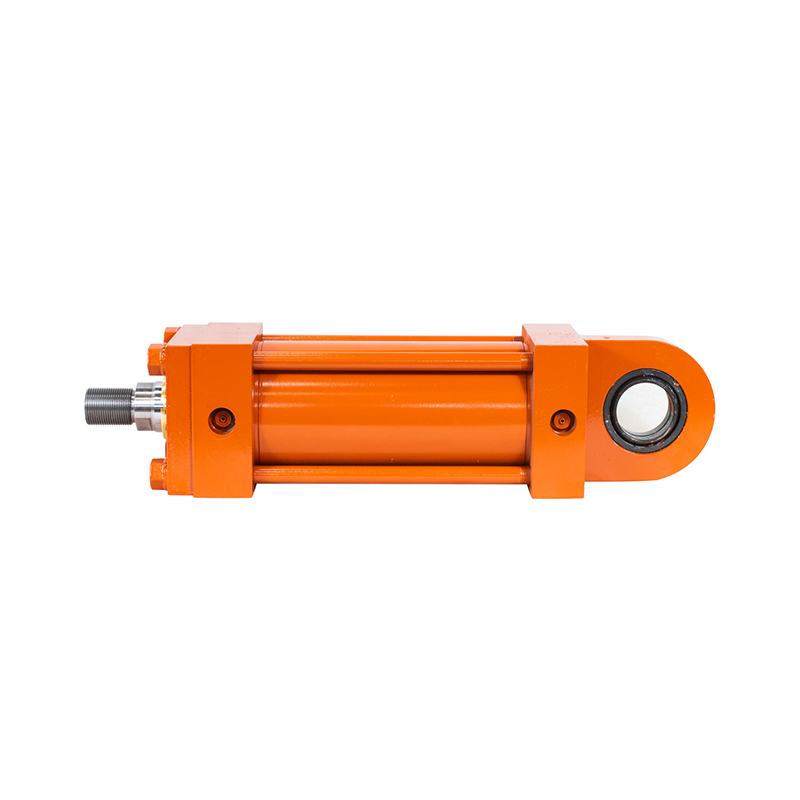Hydraulic cylinder is essential components in heavy machinery, construction equipment, and industrial applications. Understanding how they work, their types, and maintenance can help improve efficiency and longevity. This guide covers everything you need to know about hydraulic cylinders, including high-search-volume keywords with low competition.
A hydraulic cylinder is a mechanical actuator that converts hydraulic energy into linear force and motion. It consists of a cylindrical barrel, piston, piston rod, and hydraulic fluid. When pressurized fluid enters the cylinder, it pushes the piston, generating motion.
There are several types of hydraulic cylinders, each suited for different applications:
| Type | Description | Common Applications |
| Single-Acting Cylinder | Uses hydraulic pressure to extend the piston; relies on gravity or springs to retract. | Hydraulic jacks, dump trucks |
| Double-Acting Cylinder | Uses hydraulic pressure for both extension and retraction. | Excavators, forklifts |
| Telescopic Cylinder | Consists of nested stages for a long stroke in a compact space. | Cranes, garbage trucks |
| Differential Cylinder | Has different piston areas on each side for varying speeds. | Industrial presses |
The working principle of a hydraulic cylinder is based on Pascal’s Law, which states that pressure applied to a confined fluid is transmitted equally in all directions. Here’s a step-by-step breakdown:

Hydraulic cylinders can face issues over time. Here are common problems and fixes:
| Problem | Possible Cause | Solution |
| Leaking Hydraulic Fluid | Worn seals, cracked barrel | Replace seals or repair barrel |
| Slow Operation | Low fluid level, clogged filter | Refill fluid, clean/replace filter |
| Unusual Noises | Air in the system, cavitation | Bleed air, check pump suction |
Proper maintenance ensures longevity and efficiency:
If you're researching hydraulic cylinders, these keywords can help find valuable information without high competition:
Hydraulic cylinders are vital in many industries, and understanding their operation, types, and maintenance can save time and costs. By following best practices and addressing common issues early, you can ensure optimal performance and durability.
We have a strong R&D team, and we can develop and produce products according to the drawings or...
We have two of our own casting foundries and one CNC machining factory. So we can offer the best price...
We have our own testing lab and the advanced and complete inspection equipment, which can...